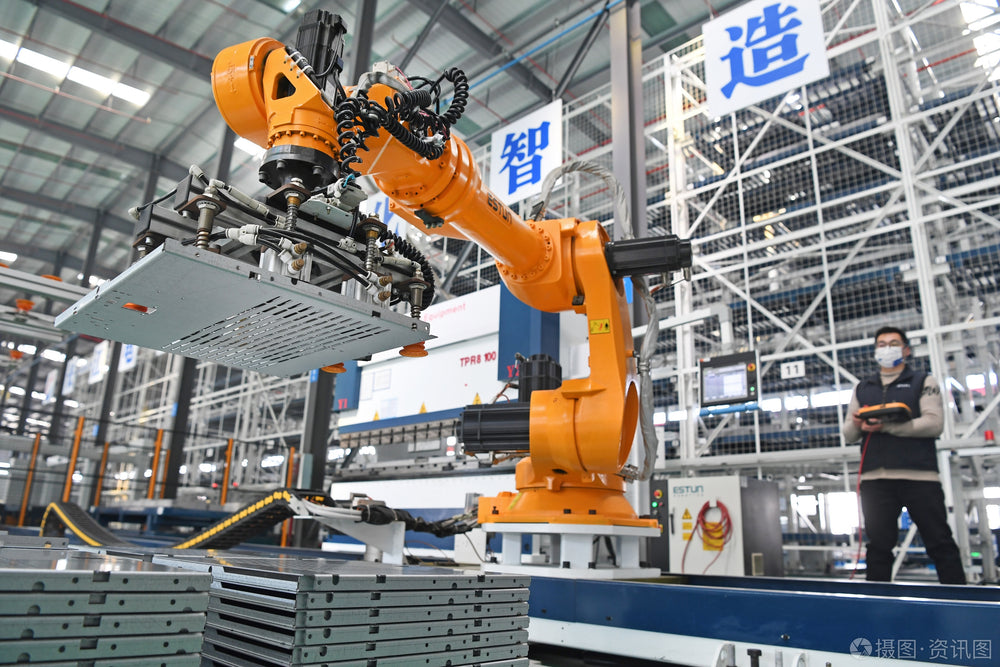Unlocking the Secrets of Architectural Metal Consulting: Transform Your Vision Today!
Architectural metal consulting services have become increasingly vital in the realm of modern architecture. These services encompass a wide range of expertise related to the integration of metal elements into various architectural projects. As the demand for innovative and sustainable designs rises, the role of metal as a prominent design element continues to grow. From facades to structural components, metal is not only appreciated for its aesthetic appeal but also for its durability and versatility. In this article, we will explore the benefits, processes, and considerations involved in architectural metal consulting, revealing how these services can transform your architectural vision into reality.

Understanding Architectural Metal Consulting Services
Architectural metal consulting services provide invaluable support to architects, builders, and designers by offering expert advice on the effective use of metal in construction. These consultants play a crucial role in various projects, guiding clients through the complexities of metal selection, design integration, and compliance with building regulations. Typically, architectural metal consultants engage in projects that require intricate metalwork, such as commercial buildings, residential properties, and public structures. Their expertise ensures that metal elements not only enhance the aesthetic value of a project but also meet safety standards and functional requirements. By collaborating with metal fabricators and suppliers, consultants deliver tailored solutions that align with the client’s vision and budget, making them an essential part of the architectural team.
Benefits of Architectural Metal Consulting
Engaging with architectural metal consulting services offers numerous benefits that can significantly enhance construction projects. One of the primary advantages is enhanced design flexibility. Metal can be molded into various shapes and sizes, allowing architects to realize ambitious design concepts without compromising on structural integrity. Additionally, metal is known for its durability and longevity, making it a cost-effective option in the long run. It requires less maintenance compared to other materials and can withstand harsh environmental conditions. Sustainability is another key benefit; many metal materials are recyclable, contributing to eco-friendly construction practices. Moreover, architectural metal consultants can provide insights into the most effective use of metals, ensuring projects remain within budget while maximizing visual impact. A friend of mine recently renovated their office space, and they were amazed at how the consultant helped them choose metal fixtures that not only fit the design theme but also reduced energy costs through better insulation.
The Consulting Process
The consulting process in architectural metal services typically begins with an initial consultation where clients discuss their project goals, preferences, and budget constraints. During this phase, consultants assess the project’s requirements and offer preliminary advice on design possibilities. Following this, the design phase commences, where consultants collaborate with architects to create detailed plans that incorporate metal elements seamlessly. Material selection is a pivotal part of the process; consultants evaluate various metal types, finishes, and treatments to ensure the best fit for the project’s aesthetic and functional needs. Once designs are finalized, the consultant oversees the project execution, coordinating with contractors and fabricators to ensure that the installation adheres to the planned specifications. This thorough process not only ensures quality but also fosters a collaborative environment where all parties can contribute their expertise to achieve the desired outcome.
Key Considerations When Choosing a Consultant
When selecting an architectural metal consultant, several key considerations can guide your decision. Firstly, expertise and experience are paramount; look for consultants with a proven track record in handling projects similar to yours. Their familiarity with various types of metal and design approaches can significantly impact the success of your project. Communication skills are equally important; a good consultant should be able to articulate ideas clearly and facilitate collaboration among the project team. Additionally, consider the consultant's portfolio and client testimonials to gauge their ability to deliver on promises. It’s also beneficial to assess their understanding of current building codes and regulations, as this knowledge ensures compliance and reduces the risk of costly delays. A colleague of mine once emphasized the importance of finding a consultant who listens actively and values client input, as this can lead to a more satisfying and creative process.
Embracing the Future of Architectural Metal Consulting
In conclusion, architectural metal consulting services play a pivotal role in transforming architectural visions into tangible realities. By understanding the scope of these services, appreciating their benefits, and navigating the consulting process thoughtfully, clients can unlock the full potential of metal in their projects. The expertise of architectural metal consultants facilitates innovative designs that are not only visually stunning but also sustainable and cost-effective. As the architectural landscape continues to evolve, the importance of these consulting services will only grow, empowering architects and designers to push boundaries and create remarkable structures.






تعليقات